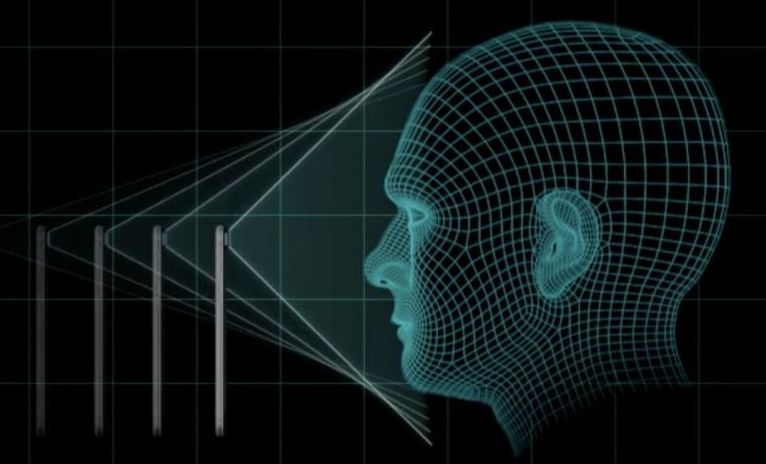Get the latest international news and world events from around the world.


Santa Claus Lies in an Ancient Undisturbed Grave in Turkey, Claim Archaeologists
Despite what you may have heard, Santa Claus is – or was – real, and archaeologists in Turkey think they’ve pinpointed the location of his final resting place.
Centuries before the jolly red mascot became a fixture of Christmas consumerism, Saint Nicholas was a 4th century bishop who inspired the modern Santa myth – and new claims suggest the grave of this gift-giving churchman lies beneath an ancient church in southern Turkey.
After three months of investigations, Turkish archaeologists say they’ve discovered what looks like an intact temple and burial grounds underneath Saint Nicholas Church in the province of Antalya, in a town called Demre – formerly known as Myra, where Saint Nicholas was made bishop.


This skin patch helps you lose weight and burn more fat
A faster way to burn fat.


Using AI Smarts, Photoshop Elements Can Now Automatically Open Closed Eyes in a Photo
Have you ever had the perfect photo ruined by someone with their eyes closed in the shot? You could fix the problem with a bit of cloning from an alternate shot using a photo editing app—but Adobe is making the process much easier in the new 2018 version of Photoshop Elements with a dedicated ‘Open Closed Eyes’ feature.
You can spend an entire career using Photoshop and still not master the software’s every last feature, but that complexity can be intimidating to the millions of amateur photographers born from the advent of affordable digital-SLRs, and even smartphones. That’s where Photoshop Elements comes in. It’s a lighter version of Photoshop with training wheels that simplifies many popular photo editing techniques. A better way to describe it might be as a version of Photoshop your parents could stumble their way through with minimal phone calls to you.